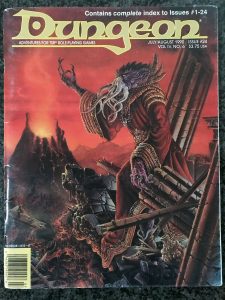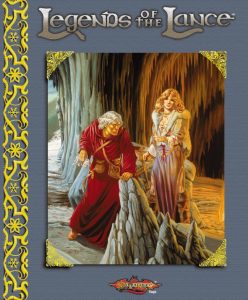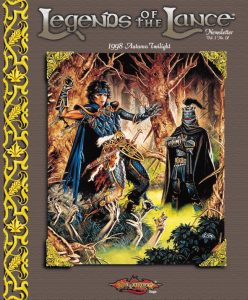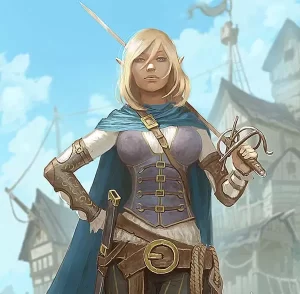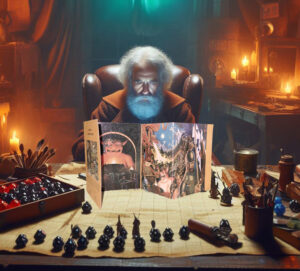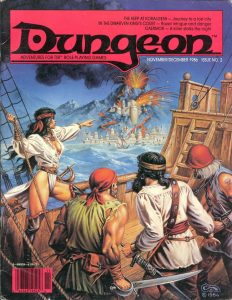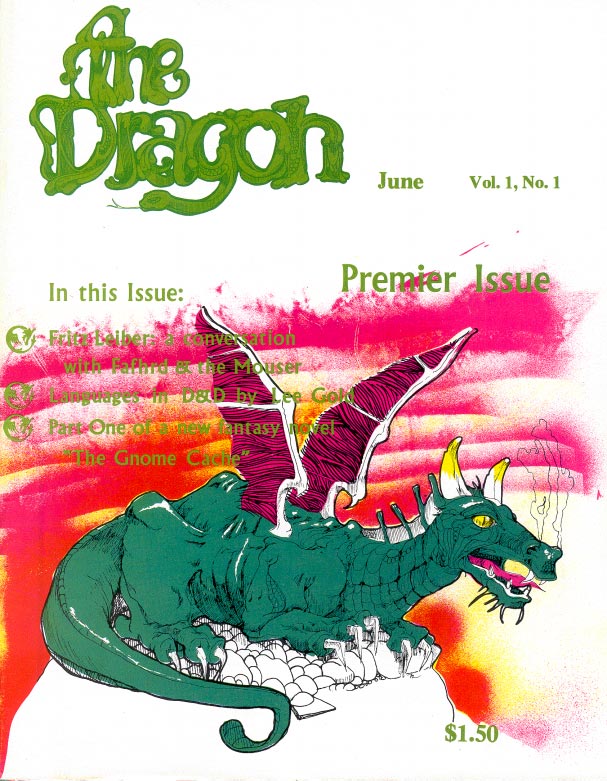
The Birth of a Legend: A Look Back at Dragon Magazine Issue #1
In June 1976, TSR Hobbies took a bold step forward, launching a magazine that would go on to shape the world of tabletop role-playing games for decades to come. The Dragon (later simply Dragon Magazine) debuted with its first issue, signaling TSR's move from The Strategic Review to a full-fledged gaming periodical. With a mix of game rules, fiction, industry news, and insightful discussion, Dragon Magazine #1 set the foundation for what would become a cornerstone of RPG history.
A Mission to Expand the Hobby
The editorial, Dragon Rumbles, written by Timothy Kask, lays out the magazine's ambitions: to become the definitive publication for Sword & Sorcery, Fantasy, Science Fiction, and Role-Playing Games. TSR was no longer content with being just a publisher; it aimed to dominate the RPG magazine landscape as well. Kask emphasizes the need for reader involvement, calling for submissions and letters - setting the tone for a community-driven publication.
Fritz Leiber Joins the Adventure
The inaugural issue boasts an article from none other than Fritz Leiber, the legendary fantasy author behind Fafhrd and the Gray Mouser. In Fafhrd & The Mouser Say Their Say, Leiber discusses how wargamers are adapting his world of Nehwon into strategic gameplay. His dialogue with the Mouser and Fafhrd (written in-character) adds a layer of humor and immersion that showcases his deep understanding of the fantasy gaming mindset.
The Battle of Five Armies In Miniature
Larry Smith contributes a detailed breakdown of how to adapt The Battle of Five Armies from The Hobbit into a miniature wargame, using modified Chainmail rules. This early attempt to blend literature with gaming mechanics highlights TSR's commitment to bridging the worlds of fantasy fiction and tabletop play.
Magic vs. Science in D&D
James M. Ward, known for his later contributions to Metamorphosis Alpha and Gamma World, delivers a thought-provoking article on the intersection of magic and technology in D&D. He proposes that advanced technology could seamlessly exist in a fantasy world, with artifacts functioning similarly to magical items. This was an early hint at the kind of genre-blending that TSR would explore in later years with settings like Expedition to the Barrier Peaks.
Alignment Languages and Roleplaying Implications
Lee Gold, editor of Alarums & Excursions, tackles the often-debated topic of alignment languages - the idea that people of the same alignment inherently understand one another. She questions the logic behind it, suggesting potential house rules and clarifying how different fantasy cultures might communicate. This was one of the first deep-dive discussions on RPG mechanics to appear in Dragon and foreshadowed the magazine's role as a forum for rules discussions and interpretations.
The Search for the Forbidden Chamber - A Lighthearted Dungeon Romp
The issue also includes a short story, The Search for the Forbidden Chamber, by Jake Jaquet. This humorous dungeon crawl follows a group of adventurers - Dimwit the Dwarf, 'Lumbo the Elf, and Ralph the Wizard - as they navigate ridiculous obstacles, encounter unexpected dangers, and even deal with an unexpected "Recyclesaurous." The lighthearted tone perfectly captures the chaotic fun of early D&D sessions.
A Community-Centered Future
Throughout its pages, Dragon Magazine #1 is brimming with enthusiasm for the future of RPGs. The magazine actively invites reader feedback, contributions, and discussion, creating a sense of community that would define its long-running legacy.
While issue #1 was just the beginning, it laid the groundwork for what would become the most influential RPG magazine of all time. From game expansions to industry news, and from short fiction to controversial debates, Dragon Magazine evolved into a must-read for gamers across generations.
Over the years, TSR's vision of an RPG magazine dedicated to pushing the boundaries of the hobby became a reality. And it all started with this humble first issue - a treasure trove of creativity, imagination, and enthusiasm for gaming.
Looking back, Dragon Magazine #1 is not just a historical artifact but a snapshot of RPG culture in its infancy. It captures a time when Dungeons & Dragons was still new, wargaming was a dominant influence, and the fantasy gaming community was just beginning to take shape. Today, it serves as both a time capsule and a reminder of the pioneering spirit that helped build the RPG industry.
For those who love tabletop gaming, revisiting this first issue is like unearthing an ancient tome - a glimpse into the roots of the games we love today.
